This has been an extraordinarily exciting fortnight, on and off stage. Premieres in anything from ice-skating to classical ballet, charismatic soloists in flamenco and Indian kathak, the front-page news of Sylvie Guillem’s retirement, and, even more astonishingly, English National Ballet’s announcement of its new Giselle next year by Akram Khan.
Consequently I have to short-change some of the highlights (note for next year’s diaries, folks — October is invariably the dance month of the year), including the liberation of ice-skating by the Canadians of Le Patin Libre, who made Alexandra Palace rink feel like a frozen field with their casual pyrotechnics (ice-o-technics?). And then there was the compellingly odd flamenco bailaora Rocio Molina, who set her surreal Barbican show in a forest and tottered about on white stilettos in a man’s shirt like a ladette the morning after the night before.
Dud of the fortnight was an overblown Royal Ballet studio creation hurling almost every balletic cliché and some weedy commissioned music at the subject of mental illness, Ludovic Ondiviela’s Cassandra. Ondiviela, in his first full-lengther, mustered a five-star cast from his mates but he doesn’t speak ballet well enough nor handle his dramatic brief with the exact intentions needed for such a topic (a cheer for Olivia Cowley dealing gracefully with the undernourished name role).
I must skip three of the danceworks in Thomas Adès’s marvellous music and dance evening at Sadler’s Wells so as to home in on the fourth, which may prove to be the premiere of the year. Crystal Pite’s Polaris was an astounding assemblage of 64 dancers on stage while Adès conjured huge, brass-rich hurricanes from the Britten Sinfonia in the pit. Pite, a Canadian former dancer with Ballett Frankfurt, has just joined Sadler’s Wells as an associate choreographer, and she’s a talent to watch.
There was no narrative in Polaris yet Pite drove the stage picture with tremendous drama, most of it massed crowd movement in neck-prickling darkness, an abstract clump of black-clad bodies apparently buffeted by Adès’s extremes, from euphonium growls to highest bells. Hands and upturned faces flashed pale in precise patterns over bent backs as the ant heap ravelled and unravelled, throwing out soloists or couples in brief, light dancing. In the gloom behind them two black shapes — conning towers? industrial chimneys? — seemed to be looming. Even the rustling friction of the dancers’ suits sounded oppressive. Pite has reclaimed the Mexican wave for tragedy.
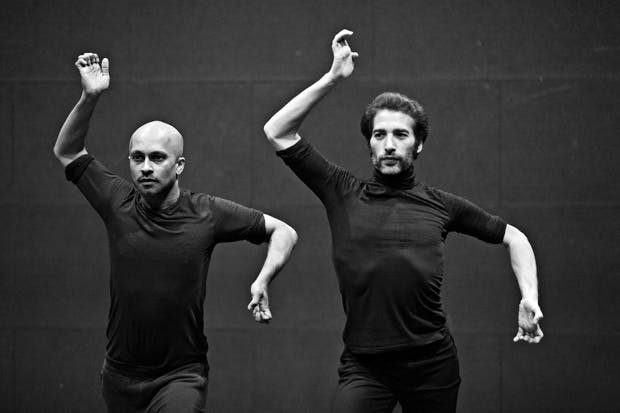 Akram Khan and Israel Galván in Torobaka Photo: Jean-Louis Fernandez
Akram Khan and Israel Galván in Torobaka Photo: Jean-Louis Fernandez
Three nights later, some more inextricable music and dance when Akram Khan and Israel Galván, two of today’s most vivid individualists, powered across the same stage in a thoroughly entertaining summit between kathak and flamenco, Torobaka (said to mean ‘bull-cow’). The dance forms may be linked far back along the Asian gypsy trails, and both traditions travel with their own fiendish drum rhythms and songs, the dancers adding extra percussive complexity with their zapateado. Khan’s slapping bare feet and silky, off-kilter spinning faced Galván’s hard heels and outrageously fast cobra strike, and at one point when they confronted each other I’d never seen such speed in my life. The singers, amusingly, are a falsetto-voiced man and a baritone-voiced woman. The show comes back next year — don’t miss the fun.
Finally, The Age of Anxiety, another deflating premiere at Covent Garden, this time on the main stage. The profusely gifted young Royal Ballet choreographer Liam Scarlett has been trying out his dramatic skills for the past couple of years, producing dark works with big thoughts, big designs and often big muddles. Here he’s created a new ballet inspired by Auden’s poem ‘The Age of Anxiety’ and Leonard Bernstein’s answering Symphony No. 2. A sailor walks into a bar in New York, twiddles his heels, and causes sexual mischief among the other barflies. The woman reckons he’s hers, but all the men want to kiss him too. The youngest of them, realising he has found himself, dances off into the morning. I think I made it sound more entertaining and crisp than it is.
The audience must have been applauding John Macfarlane’s uncanny sets for the bar and the Manhattan flat, because the choreography looks like a bag of out-takes from Matthew Bourne, and the tone is unsure, packing in too much to be emotionally legible beyond the glib, and ending in a sentimental gloop. I saw two casts, the originating one with Steven McRae and Laura Morera emphasising the archetypes, the other brightened by the affecting Federico Bonelli and Johannes Stepanek, though I still didn’t care.
The music is the night’s strength, with fine playing by Barry Wordsworth and the Royal Opera House Orchestra. Bernstein’s boldly filmic music (Robert Clark delivers the piano robustly) is sandwiched between Britten scores for Kim Brandstrup’s quite moving Ceremony of Innocence and Christopher Wheeldon’s rather routine Aeternum.
Got something to add? Join the discussion and comment below.
Get 10 issues for just $10
Subscribe to The Spectator Australia today for the next 10 magazine issues, plus full online access, for just $10.

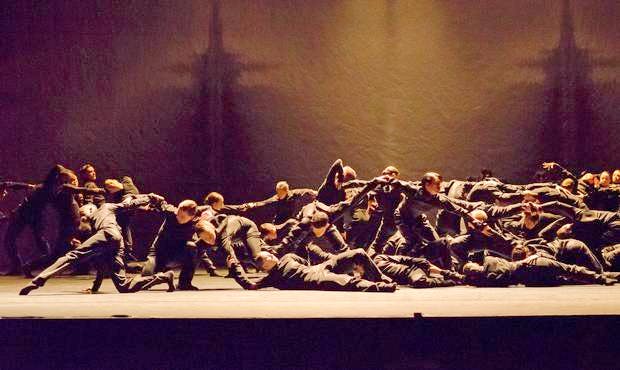
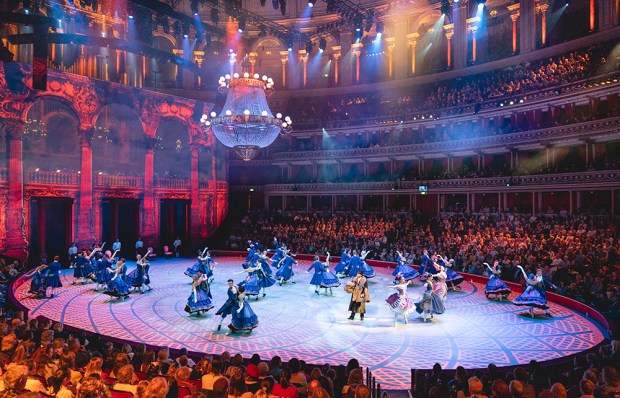
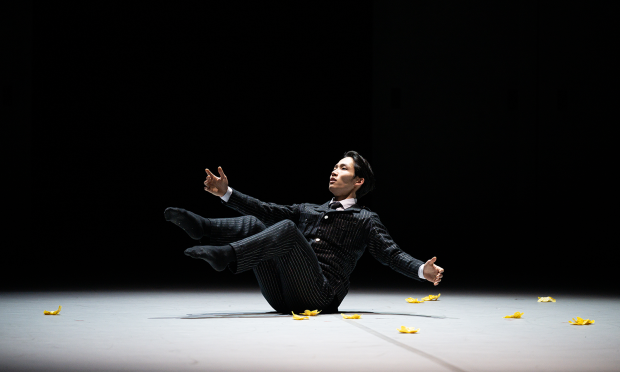
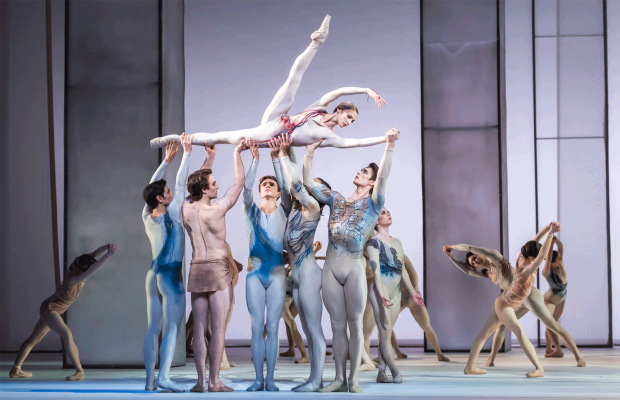

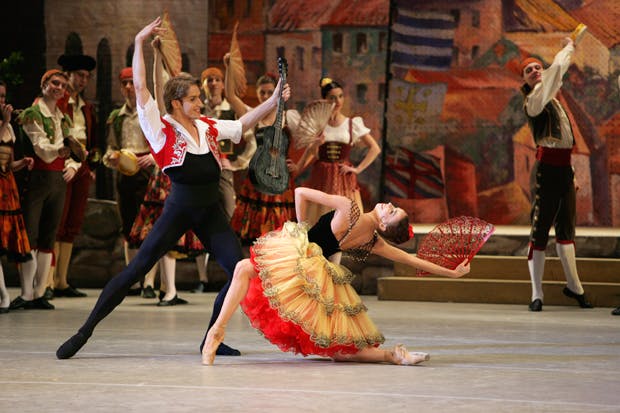
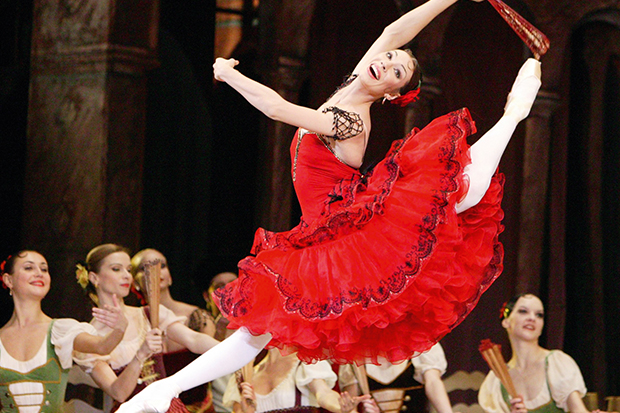






Comments
Don't miss out
Join the conversation with other Spectator Australia readers. Subscribe to leave a comment.
SUBSCRIBEAlready a subscriber? Log in